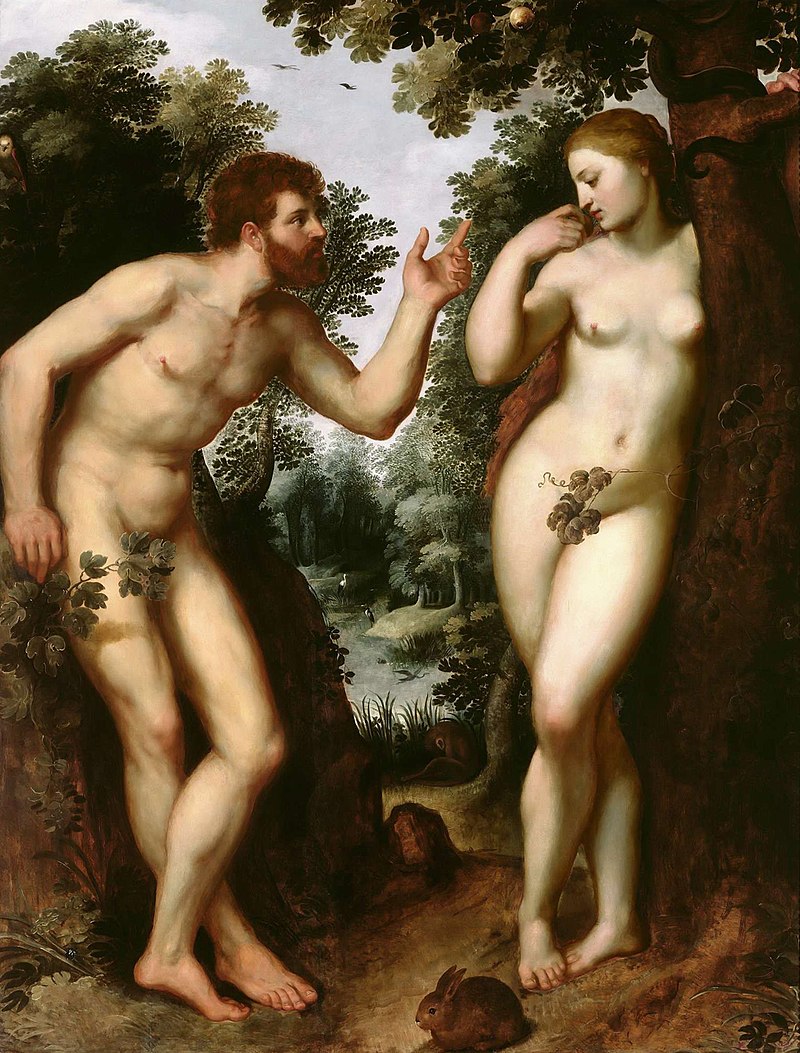
The bible tells us that God formed a man from the dust and blew the breath of life into him. The man was then placed in Eden where he had to tend the garden and animals. In the garden, there was a tree containing the knowledge of good and evil. God prohibited the man from eating the fruit of this tree. Later, as none of the animals were found to be a suitable companion for the man, God created a woman from the man’s rib. The chapter ends by establishing the state of primeval innocence, noting that the man and woman were “naked and not ashamed” (Gen. 2:25), thus providing the basis for the subsequent narrative where wisdom is obtained through disobedience initiated by the woman.
The story of Adam or Eve is by no means universal. According to the Iroquois, Huron and Navajo people, the first human being was, in fact, a woman. This interpretation of the origins of the human race accords reasonably well with the facts concerning Mitochondrial Eve, who, according to currently popular scientific mythology, is the mother of us all. Nevertheless, the role of the woman in many legends are the most intriguing as, varied as they are in the method in which they were created and in their circumstances, the first woman share many similar characteristics across cultures – they are beautiful, they change the course of the world through their mere existence and they provide us with glimpses of personalities that women around the world still inherit to this day.
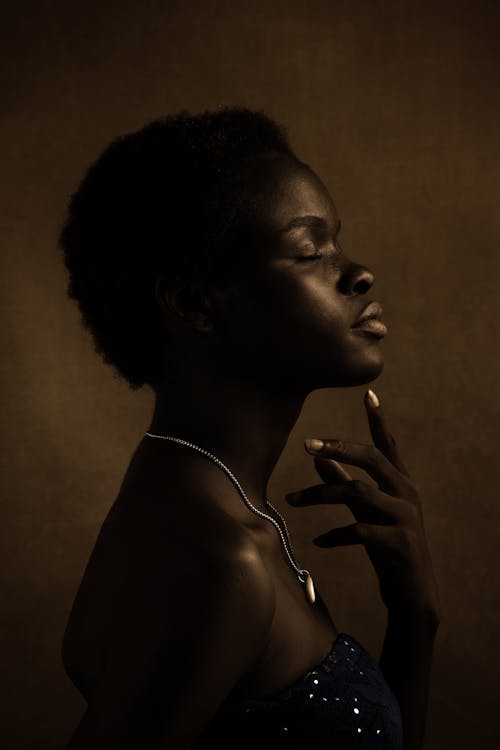
In ancient Greek mythology, the story of the first woman first appears in Hesiod’s Theogony (c. 8th – 7th centuries BCE). After humans, all of whom were men, received the stolen gift of fire from Prometheus (“forethought”), an angry Zeus decided to give humanity a punishing “gift” to compensate for the boon they had been given. Zeus commanded Hephaestus to mold the first woman, a “beautiful evil” whose descendants would continue to torment the human race “for from her is the race of women and female kind: of her is the deadly race and tribe of women who live amongst mortal men to their great trouble.” When the first woman appeared before gods and mortals, they looked at her in wonder. However, according to Hesiod, the woman was “sheer guile, not to be withstood by men”.
The more famous version of the this legend comes from another of Hesiod’s poems, Works and Days, in which Hesiod expands on her origin and widens the scope of the misery she inflicted on humanity. In this version, more gods contribute to the first woman’s completion – Athena clothed her and taught her how to weave, Aphrodite “shed grace upon her head and cruel longing and cares that weary the limbs”, Hermes gave her “a shameful mind and deceitful nature” as well as the power of speech, putting in her “lies and crafty words”. The Charites adorned her with finery and the Horae adorned her with a garland crown. The woman was given the name Pandora (“all-gifted”) because all the gods gave her a gift.

Pandora brought with her a jar – due to textual corruption in the sixteenth century CE, this jar came to be called a box. The jar contained toil, sickness and miseries that bring death to men. Prometheus had warned his brother Epimetheus (“afterthought”) not to accept any gifts from Zeus. However, Epimetheus, who quickly fell in love with Pandora, did not listen and accepted her. Pandora later opened and scattered the contents of her jar, releasing all the evil and miseries to the world, only leaving hope. The opening of the jar serves as the beginning of the Silver Age, in which mankind is subject to the cycle of death and rebirth.

Hindu mythology believes that when Brahma was created the universe, he gave form to a man and a woman. The man was named Swayambhu Manu (“self-manifested man”) and the woman was named Shatarupa (“she of a hundred beautiful forms”). However, after Brahma created Shatarupa and saw her for the first time, he was immediately infatuated and pursued her wherever she went. This made Shatarupa uncomfortable as she moved in various directions to avoid Brahma’s gaze. However, wherever she went, Brahma developed another head until he had four – one for each direction of the compass. Shatarupa desperately leaped over him to stay out of his gaze for a brief moment. At this, a fifth head appeared above the other heads of Brahma. Shiva saw this and sympathized with Shatarupa. Shiva then merged with his wife Parvati and formed the Ardhanarishvara (“half-man and half-woman god”). In this form, Shiva taught Brahma that males and females are the same because their souls are exactly the same – the soul does not have a gender, only material. The different outer bodies are only due to different body parts.
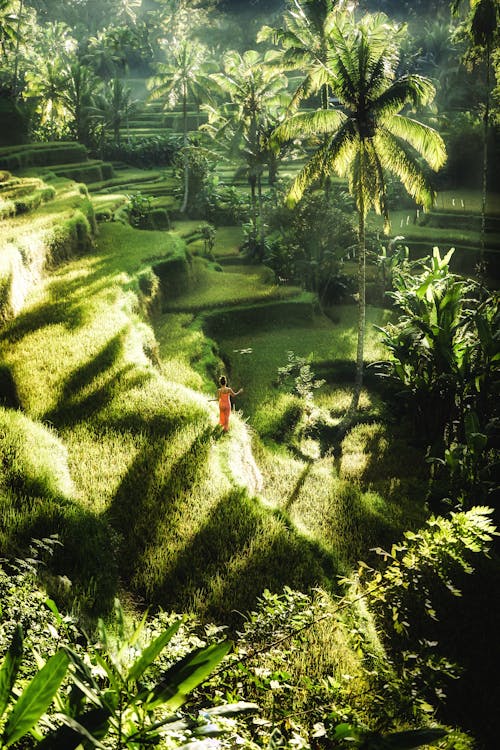
A Cherokee legend says that for a time the first man, Kanati, was very happy on earth. He roamed around the world, ate the fruits and visited the animals. However, after some time, the man grew discontented and became very unhappy – this was mankind’s very first experience of “boredom”. Due to his boredom, Kanati started to use his mind and his strength differently such as shooting arrows at the deer, picking random plants for no reason and tearing up the animals’ dens just because he could do it. Soon, the animals became concerned about him and called a council meeting to determine what to do. They called to the Great One to help them. Hearing their troubles, the Great One realized that he has forgotten his other gift for the earth. The Great One made a green plant grow up tall. Above the tall plant was a woman – a beautiful woman growing from the stalk of strong corn.
Meanwhile, Kanati had been roaming around the earth, sleeping on the strangest places and eating the most unhealthy food he could find. He was just lying on his side nursing a stomachache when the Great One kicked him in his behind. “Get up you lazy thing,” the Great One said, “be a man for your lady”. The Cherokee believed that, more than just being taught manners, we need someone to expect the best from us. Now that Kanati has this person, he quickly got up, brushed himself off, and gallantly offered his hand to the woman. The woman’s name was Selu.
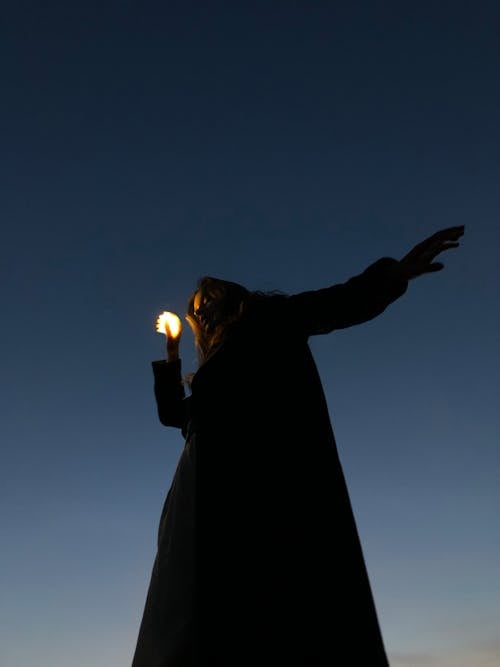
The Gamilaraay people of Australia believe that Yhi, a goddess of light and creation, lived and slept in the Dreamtime. Whenever Yhi opened her eyes, light fell on the Earth and plant grew where she walked. One day, Yhi decided that, in addition to plants, she wanted to make something that could dance. She shined her light on the being resting inside ice caves and fish and lizards came out, along with many other kinds of birds, mammals and amphibians. Before she returned to her own world, Yhi blessed her creations with the change of the seasons and promised that, when they died, they would join her in the sky.
After many millennia of the Dreamtime, Yhi decided to return to see the animals she had created. Each animal had a request for her. The kangaroo wanted to jump, the wombat wanted to wiggle, the lizard wanted legs, the bat wanted wings and the platypus wanted something of everything. Yhi granted these wishes. Before returning to the sky, Yhi saw an animal she did not recognize as he looked nothing like her other creations. This animal was a man and he was the only one who did not wish for anything. While the man slept, Yhi turned all her power on a flower. Soon, when the man woke up, he and all the other animals watched Yhi and the flower. The flower then turned into a woman. With the arrival of the woman, the duties and obligations of the man began. He was the hunter, the maker of shelter as she was the food-gatherer, home-maker and bearer of children. They worked, danced, played and loved together
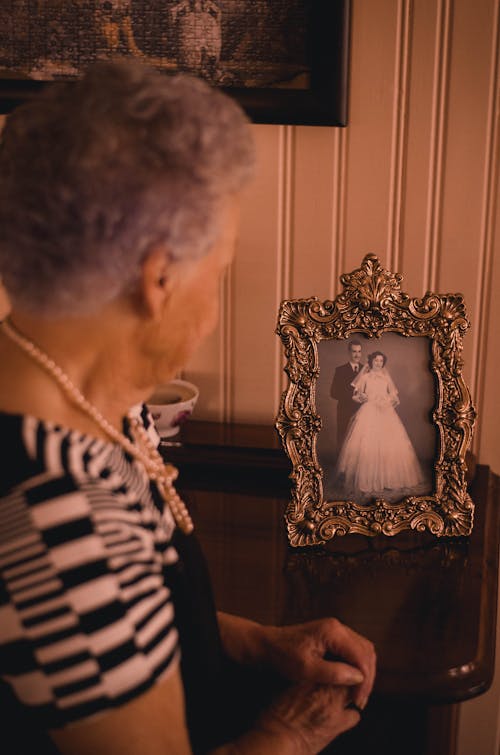
Zoroastrianism believe that In the beginning, there were only Ahura Mazda, the wise lord, and the Evil Spirit, Ahriman. One day, Ahura Mazda made the sky, water and plants of the earth, quickly followed by big and small animals. Ahura Mazda then created the first man, Gayomard. After all this was done, Ahriman decided to destroy what had been created. Ahriman returned to his darkness and began to create demons and evil things to attack the pure light. When Ahura Mazda realized his creations would be attacked, he created six immortals to guard his creations.
As he could not destroy the six immortals, Ahriman found ways to ruin Ahura Mazda’s other creations. Ahriman brought bitterness to the water. He created mountains and valley to the flat earth. He inflicted death into life, condemning them to always be fighting each other. He also mixed pain into pleasure and sadness into happiness. Gayomard, the first man, who tried to protect the earth from Ahriman and his demons was unable to defeat them alone. However, a rhubarb plant grew where Gayomard died and, after 40 years, a man and a woman, Mashya and Mashyana grew from the rhubarb plant. Mashya and Mashyana promised Ahura Mazda that they, and their descendants, would help him in his struggle against Ahriman together.

Askr and Embla are the first male and female in Norse mythology. After the gods created the cosmos, they created Askr and Embla from two tree trunks that had washed up onto the beach of the land that the gods had recently raised out of the primordial waters. The gods, led by Odin, endowed these newly-enlivened beings with önd (“breath/spirit”), óðr (“ecstasy/inspiration”), and lá (most scholarly suggestions relates this to vital processes). Askr and Embla were then given Midgard, the world of human civilization, for their dwelling-place as they became the father and mother of the entire human species.
One of our two main sources for the narrative of Askr and Embla’s origin is the Völuspá (“The Insight of the Seer”), one of the poems in the Poetic Edda. By calling the first man Askr (“Ash Tree”) and the first woman Embla (“Water Pot”), and by linking this first couple to the image of the tree and the well in the structure of their poetry, masculinity and femininity were shown to be sacred, complimentary and reciprocal in the cosmology – one is just as essential to the promotion of life and well-being as the other.

